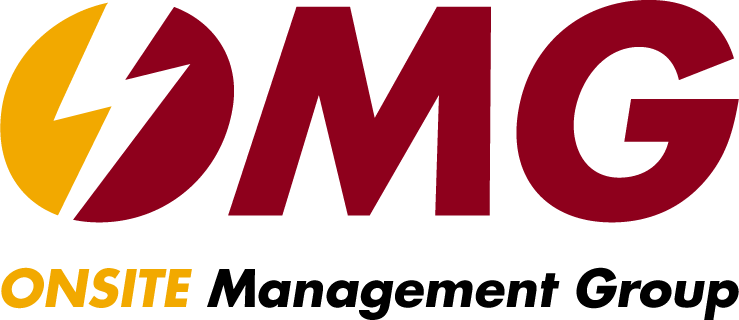Reviewing Surge Capacity During COVID
Prioritizing and conserving PPE supplies along the continuum of care.
Healthcare workers, contractors and other support personnel use personal protective equipment all day, every day. It’s a necessary part of life to ensure workers protect themselves, patients, and others when providing care. The use of PPE is essential to protect individuals from many of the hazards encountered in healthcare facilities.

The ability to manage a sudden increase in patients, severely challenging or exceeding an organizations current capacity is known as surge capacity. It is challenging to identify the differences between surge capacity and an organizations normal patient care capacity. The reason for this is there aren’t any industry measurements or triggers to help distinguish one from the other. Trend analysis, burn rate calculators and other tools may help an organization identify abnormal use and the initiation of surge
capacity. Three general categories are used to describe surge capacity and can be utilized to prioritize and conserve PPE supplies along the continuum of care.
Conventional capacity: measures consisting of engineering, administrative, and PPE controls that should already be implemented in general infection prevention and control plans in healthcare settings.
Contingency capacity: measures that may be used temporarily during periods of anticipated PPE shortages. Contingency capacity strategies should only be implemented after considering and implementing conventional capacity strategies. While current supply may meet the facility’s current or anticipated utilization rate, there may be uncertainty if future supply will be adequate and, therefore, contingency capacity strategies may be needed.

Crisis capacity: strategies that are not commensurate with U.S. standards of care but may need to be considered during periods of known PPE shortages. Crisis capacity strategies should only be implemented after considering and implementing conventional and contingency capacity strategies. Facilities can consider crisis capacity strategies when the supply is not able to meet the facility’s current or anticipated utilization rates.
Contingency and crisis strategies should be based on the following assumptions:
1. A full understanding of the organization’s inventory, current stock and supply chain abilities
2. A complete and full understanding of PPE utilization rates, changes that can or have affected those utilization rates, and current events
3. Communication with local, state and federal public health partners (the public health emergency preparedness and response staff) and other local resources to identify any other additional supply sources
4. The organization has already implemented conventional capacity measures
5. Organizations have provided their staff and affiliated healthcare professionals with education and training for proper use and disposal of PPE
Strategic relationships between healthcare organizations, their staff and affiliates, local and state health departments, and other local resources will be essential to ensuring supplies are flowing where they are needed most. These groups should work together to develop strategies that can identify and extend PPE supplies. It is also imperative that any training is conducted with the healthcare professionals as an integral part of the PPE optimization strategy and should be implemented prior to initiating patient care activities.

The following PPE Burn Rate Calculator (link excel spreadsheet) from the CDC is a great tool to begin exploring your organizations PPE usage and understanding your supply/resupply needs. The better an organization can understand normal and abnormal usage and understand the reason for any supply surges will allow the organization to preemptively source supplies before it becomes an emergency. Additionally, the organization can implement supply strategies that will in turn reduce cost from waste and supply expiration or supply and demand premiums. Skilled nursing facilities nursing homes caring have seen an increase of over 1,000% since the pandemic began (https://www.mcknights.com/news/analysis-ppe-costs-increase-over-1000-during-covid-19-crisis/). Nursing homes could be forced to spend an additional $10,000 per day on equipment in order to meet the latest federal requirements during the COVID-19 response, according to experts. (https://www.mcknights.com/news/compliance-with-cms-guidance-could-cost-providers-10k-more-per-day/)
Partnerships with a reputable service company provide healthcare organizations a professional resource with the knowledge and expertise to assist in evaluating supply usage and waste control while implementing efficiencies and cost savings initiatives.
